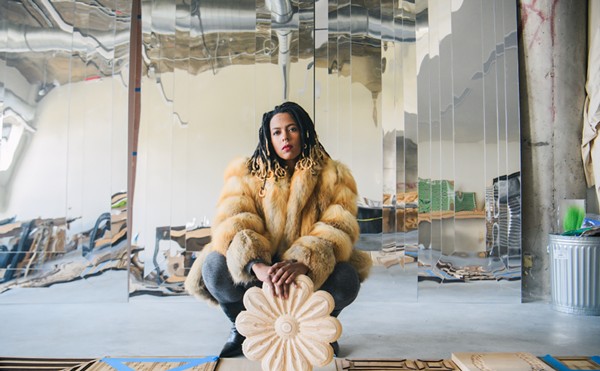Cold-fermentation and aging, or lagering, of beer began sometime around the 16th century. To avoid bacterial infection that rendered beer undrinkable, Bavarian brewers were required by law to brew only during the cooler months of the year, between September and May. Throughout summer, the beer was stored underground, where, in deep, stone cellars, sometimes under ice, the yeast adapted to this environment. The result was beer with better clarity and a rounder flavor. Probably served around 50 degrees Fahrenheit — straight from the cellar, that is — the beer was cool and tasty.
But in the industrial era, new malting techniques and artificial refrigeration helped release a flood of lager, which replaced ale as the beer of choice almost worldwide. Like so many food items during this period of economic expansion, beer changed from a craft product to a commodity overnight — and lower drinking temperatures were part of the bargain.
It didn't take long for green-eyed entrepreneurs to realize that the colder beer was served, the less that could be tasted. Beer was poured colder and colder, becoming blander and cheaper to produce, seemingly without notice. Soon, large rival breweries were pitting their homogenized products against each other, backing up the battle with advertising dollars. It is now to the point where, through clever marketing campaigns, we believe cold is actually a flavor. Could it be that the "coldest tasting beer in the world" is, in reality, nothing much more than flavored alcoholic sparkling water?
In defense of warm beer
If you prefer an ice-cold, refreshing drink to also have some booze in it, then you can't go wrong with just about any domestic lager or light lager at 35º-40º F. Most of the big brand import lagers will also fall into this category. This type of beer is engineered to get through a factory system quickly and be consumed as cold as possible. Any inherent flaws from acceleration of a natural process will be more apparent at higher temperatures — and that's why most of us believe warm beer tastes like ass.
A good German or Bohemian-style pilsner or craft-brewed domestic lager like Bell's Lager of the Lakes will be excellent at 40º-45º F and will reveal subtle malt flavors as it warms in the glass. Heartier Bock and Dopplebock lagers should be drunk even warmer to highlight their creamy malt flavors of caramel and ripe red fruits.
Not all beer is lager. In the cooler north of Europe a tradition of ale drinking has been maintained throughout Belgium, northern France and the British Isles. Ales are fermented much warmer than lagers and so display their myriad yeast characteristics — from tropical fruit to spice — at a higher serving temperature. There is a common misconception that English beer is warm and odd. English cask ale is not warm. It is cellar temperature, less carbonated, much of the time lower in alcohol than most beer, and worth seeking out. Berkley Front will serve you a pint.
Many of the area's brewpubs and microbreweries focus on English-style ales, stouts, porters, old ales and barleywines. If you're drinking these ice-cold you are tasting hop bitterness and not much else. The range of 45º-55º F is more like it. Most French country ales should be consumed at 50º-60º F and beyond. It's the same for Belgian Trappist and specialty ales. Don't take our word for it. Collect a variety of beer, a thermometer, and a friend or eight in the name of science.
Todd Abrams is a Detroit-area freelance writer. Send comments to [email protected]




